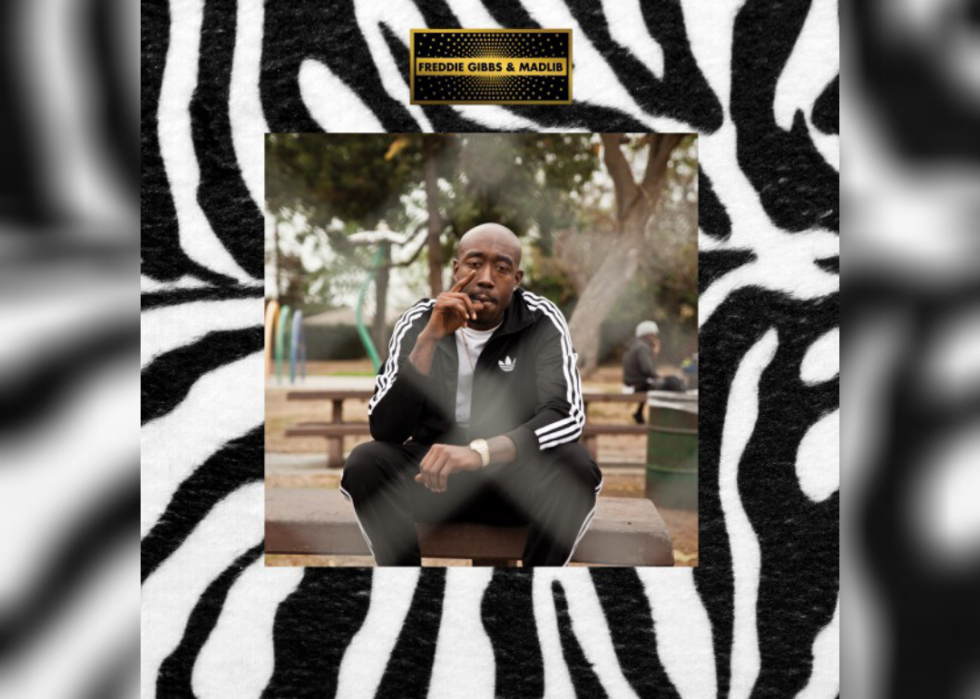
Which would ultimately inhibit any movement, change and progress Lamar is aiming for. Scholars believe that an ignorant audience who refuse to do deeper analysis on his work can help continue their existing beliefs on a particular group of people by only interpreting Lamar’s cover on initial reactions. Some scholars even argue that he is actually doing more harm to the cause’s and issues he is raising by reinforcing the stereotypes and ideologies in his album cover to the mainstream media. In a Billboard interview, Lamar’s motivation to create heavily weighted and controversial music was best described when he said, “It is overtly political and it is overtly provocative, and I think if nothing else it’s going to give people something to think about and talk about.” Although Lamar has focused his music to have more meaning than what can be delivered from initial reactions and allow himself to embrace the role as a spokesperson for those whose voices need to be heard, it is not always perfectly executed. With the awareness of his audience and elevated platform as a rapper, he capitalized on his fame to produce art that took a position.

Lamar gained loyal fans because he was seen as relatable and an example of Black success. With highly popular songs such as “HiiiPower” and “M.A.A.D City” on the album, his work further resonated and cemented him and his work an instant classic with the Black community by shedding positive light on the possibilities of success and growth despite the difficult social situations and negative influences that come with being a minority being raised in a bad community. At the time of the release of this album in 2012, Kendrick Lamar was a 25-year-old rapper that was just reaching his peak. The newly signed, Compton based Kendrick Lamar was anticipated to have a big debut label album since his albums Section 80 and Overly Dedicated put him on the map as one of the only complex lyricist with a consciousness on the racial and social injustices for the Black and minority community while having the legitimacy to talk about it during his time. With two independently released albums under his belt and a newly signed record label deal, he started to create a lot of buzz in the music industry. All with the hopes that his audience will come together to create a positive effort to initiate change in the issues America is dealing with socially. He is using the cover to deliver a brutally vulnerable photo of himself to spark conversation about how a of person’s surroundings effects who they become as an adult, and the struggles of “becoming” in a complicated personal, racial, and political climate. With the album being released at the end of a politically and racially charged year, he recontextualizes the purpose of a typical album cover. Through his simple approach of album cover showcasing the reality of growing up in Compton.


But on closer inspection with the analysis of the ideology and narrative, a deeper meaning is revealed. By just simply looking at the album cover, we make the assumption that this Hip Hop album will simply follow any other Hip-Hop album that have a typical expectation of having unclear intentions and revolve around money, drugs, and women. On an initial reading of the album cover, we gain a perspective into Lamar’s past which reinforces African American racial stereotypes of gang affiliation, substance abuse, and poor socioeconomic conditions. The album cover sports a 3-year-old Kendrick Lamar surrounded by drugs and alcohol with what seems to be his family members or close relatives surrounding him with their eyes censored out with a black bar except for his. At the end of 2012, Kendrick Lamar released his highly anticipated album The Good Kid, M.A.A.D City that featured a childhood polaroid photo in a natural setting where he grew up– Compton.


 0 kommentar(er)
0 kommentar(er)
